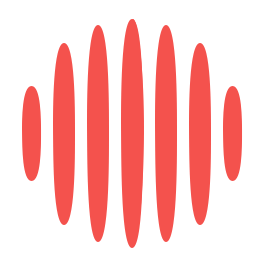We all want to be in control of our finances, but it’s easy for spending to get out of hand if you don’t keep track. Monitoring your expenditures is essential to managing and controlling your money, as it can help you identify areas where you’re either overspending or underspending. With careful tracking and budgeting, you can plan financially and ensure that you have enough funds available when needed. In this post, we’ll look at why monitoring your spending is vital for keeping your finances on the right track.
Avoid Overspending
Many businesses and shops use marketing tactics to make you believe that you need something more than what you do. It’s easy to fall into the trap of buying things on impulse or out of boredom. Spend management helps you be disciplined and think twice before making purchases. With procurement, it is essential to monitor the spending of each department within an organization so that there can be clear transparency in where money is being spent and how it should be allocated.
Better Budgeting
By keeping track of all your expenses, you can better adjust your budget to account for everything you need. You can also use spending tracking to set and maintain realistic goals for yourself – such as saving a certain amount of money each month or sticking to only making necessary purchases. This will help you stay on top of your finances and create a more secure financial future.
The ability to track your spending also allows you to identify and focus on areas where you may be overspending or underspending. By understanding your financial habits, you can better adjust your budget to account for all of the necessities in life, like food, housing, and transportation.
Accountability
With a plan or monitoring system, it’s easier to remember your financial goals and end up overspending. Monitoring your expenses gives you the accountability you need to stay on track with your budget. It also allows you to set limits for yourself so that you don’t make impulse purchases that could strain your finances.
Additionally, tracking your spending can help you identify areas where you underspend. This allows you to make changes or adjustments for your money to stretch further and allow for more financial freedom.
Monitor Your Financial Progress
By monitoring your spending, you can identify patterns in how you use money and get a clear picture of your overall financial health. This will provide valuable insight into how well you manage your finances and where you may need adjustments or changes. With this information, it becomes easier to set realistic goals and be proactive about achieving them.
Data about your finances is also useful if you ever need to apply for a loan, credit card, or other financial product. Financial institutions often require detailed spending data before they approve applications.
Improved Financial Security
Financial security is the ultimate goal for many people. Monitoring spending is essential for ensuring that you are on the right track to achieving a secure financial future. Keeping an eye on where your money is going will be easier to identify any areas where you may need to cut back to save more. This can help put you in a better position when it comes time for retirement or any other significant investments you wish to make.
Monitoring your spending is vital to stay on top of your finances and create a secure financial future. Spend management can help you better adjust your budget and identify areas where you may need to be spending more or less. It also provides valuable insight into your financial progress and allows you to set realistic goals for yourself. With these tools, you can ensure that your finances remain secure.
James is the head of marketing at Tamoco
